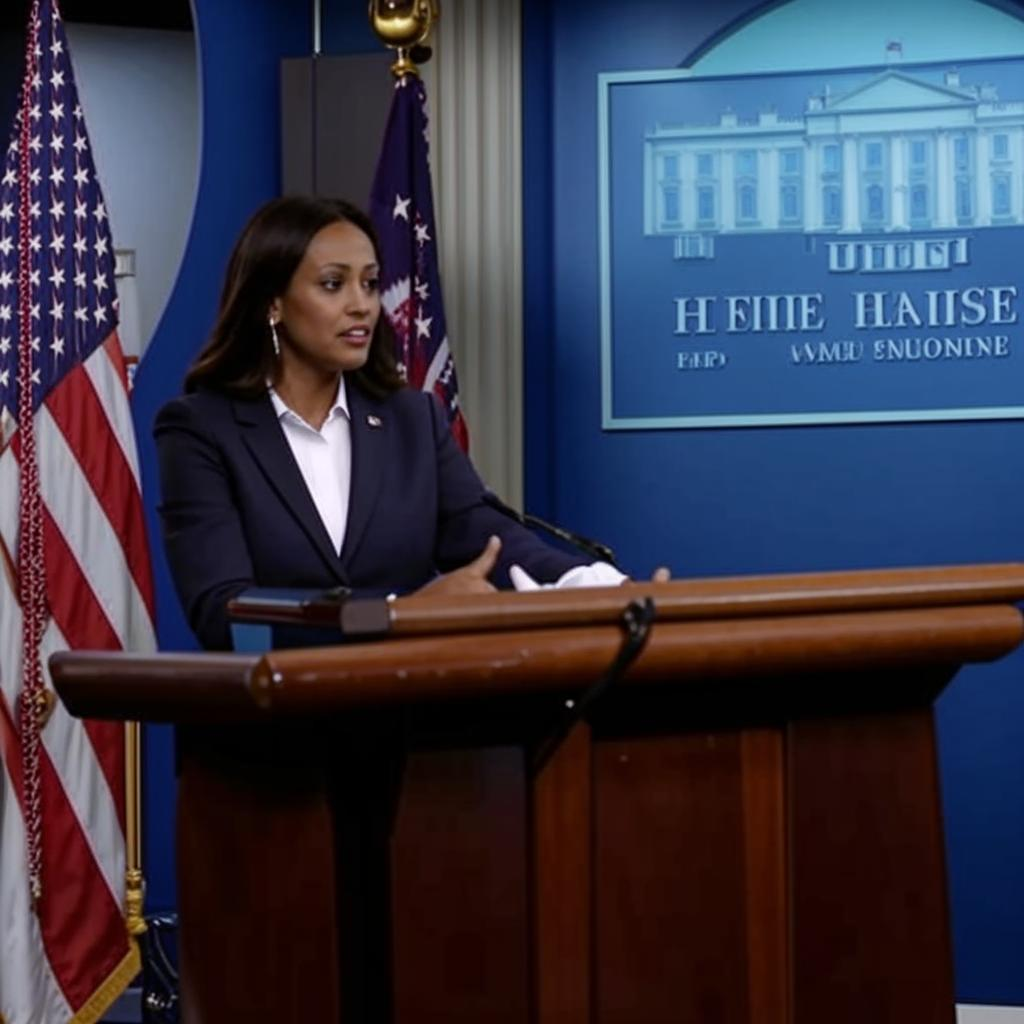The debate over whether the Federal Reserve’s fight against inflation has gone too far is intensifying, with recession signals flashing across the economic landscape. Aggressive interest rate hikes, while aimed at curbing soaring prices, are raising concerns that the central bank may have inadvertently pushed the economy toward a downturn.
Several key indicators are fueling these fears. The yield curve, where long-term interest rates fall below short-term rates, is inverted. This is a historically reliable predictor of recessions. Consumer confidence is also declining, as households grapple with higher prices and rising borrowing costs. Manufacturing activity is slowing, indicating weakening demand for goods.
Economists are split on whether the Fed has overdone it. Some argue that the central bank has been too focused on backward-looking inflation data, failing to recognize the growing signs of economic weakness. They contend that the Fed should have paused rate hikes earlier to assess the impact of its actions. Others maintain that the Fed needs to stay the course, even if it means a recession, to ensure inflation is brought under control. They fear that prematurely easing policy would allow inflation to re-accelerate, leading to even greater economic pain in the long run.
The potential consequences of a recession are significant. Job losses could rise, investment could decline, and overall economic growth could stall. The debate over the Fed’s policy path is likely to continue in the coming months, as policymakers weigh the risks of inflation against the risk of recession. The next few economic data releases will be critical in shaping the Fed’s decision-making process and determining the fate of the economy. Whether the Fed can engineer a soft landing or if a recession is unavoidable remains to be seen, making close observation of economic signals crucial.












